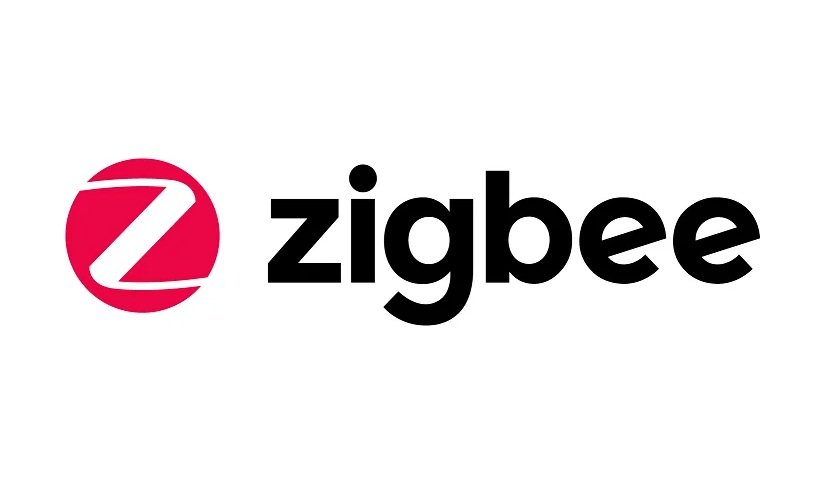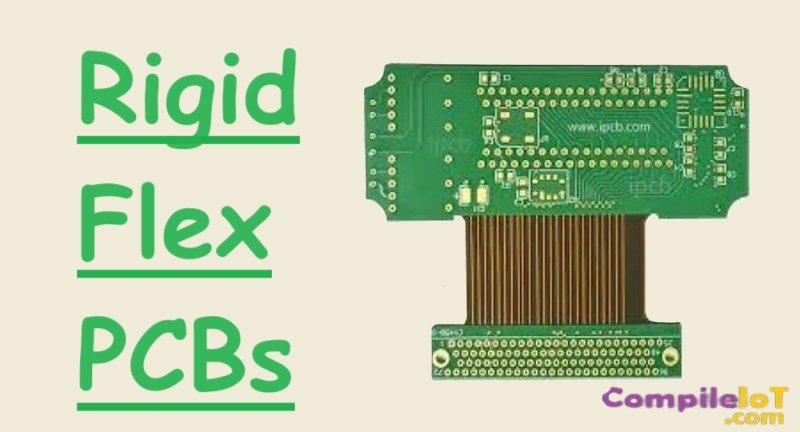Zigbee: A Low-Power, Wireless Communication Protocol for IoT
Zigbee is a popular wireless communication protocol designed for low-power, low-data-rate, and short-range communication in IoT (Internet of Things) systems. It is widely used for applications such as home automation, smart energy management, and industrial control. Zigbee operates in the IEEE 802.15.4 standard and is specifically tailored to handle small amounts of data over short distances with minimal energy consumption.
In this article, we will explore the key features, architecture, use cases, and advantages of Zigbee, and understand how it plays a crucial role in the IoT ecosystem.
1. What is Zigbee?
Zigbee is a wireless communication standard designed to enable simple and secure communication between IoT devices. It was developed by the Zigbee Alliance, an organization made up of industry leaders in the fields of wireless technology, electronics, and networking. Zigbee is particularly known for its low power consumption, making it ideal for battery-operated devices like sensors, smart lights, and home automation systems.
Zigbee works on a mesh network topology, which means that each Zigbee device can act as a repeater for other devices. This ensures robust communication and extends the network range.
2. Key Features of Zigbee
- Low Power Consumption: One of the most prominent features of Zigbee is its ability to operate on minimal power. Devices can run on small batteries for years, making it suitable for remote or battery-powered IoT devices.
- Low Data Rate: Zigbee is designed for low data rate applications, typically supporting data transmission rates of up to 250 kbps. This is sufficient for sending small bursts of data, such as sensor readings or status updates.
- Short Range: Zigbee typically operates within a range of 10-100 meters (depending on the environment and the specific Zigbee device). However, its mesh network capability allows devices to relay data to extend the communication range.
- Mesh Networking: In a Zigbee network, each device can act as a relay, forwarding messages to other devices, thus expanding the network coverage. This feature enhances reliability and ensures that communication can continue even if some devices fail or are out of range.
- Security: Zigbee incorporates robust security features, including encryption and authentication, to ensure that data is transmitted securely between devices.
- Interoperability: Zigbee supports device interoperability, meaning devices from different manufacturers can work together seamlessly, as long as they follow the Zigbee standard.
3. Zigbee Architecture
The Zigbee architecture consists of three main components: Devices, Network Layer, and Application Layer.
Zigbee Devices:
Zigbee defines several types of devices, each with a specific role in the network:
- Coordinator: Every Zigbee network has one central coordinator that is responsible for managing the network and establishing the network’s initial configuration. The coordinator is also responsible for assigning addresses to devices and handling network formation.
- Router: These devices relay data to and from other devices within the Zigbee network. Routers help extend the network’s range by forwarding messages.
- End Device: These are low-power devices that communicate with a router or coordinator. They don’t relay messages but instead send or receive data directly from the router. Examples include sensors, lights, and actuators.
Network Layer:
The network layer of Zigbee is responsible for ensuring that devices in the network can communicate effectively. It handles addressing, routing, and managing the mesh topology. The mesh networking capability allows Zigbee devices to form self-healing networks, which can dynamically adapt to network changes.
Application Layer:
The application layer consists of the higher-level protocols and services that define how Zigbee devices interact with each other. It includes the specific application protocols for different use cases, such as home automation or industrial control.
4. Zigbee Use Cases
Zigbee is used in a wide range of applications, primarily focusing on environments where low-power, low-data-rate communication is essential. Some common use cases include:
Home Automation:
Zigbee is widely used in smart homes, where it connects devices such as light bulbs, thermostats, smart locks, and motion sensors. The ability to form a mesh network ensures that devices can communicate reliably across different areas of the home.
- Example: A smart thermostat uses Zigbee to communicate with other home automation devices like a smart air conditioner or heater to adjust the temperature based on occupancy patterns or user preferences.
Smart Energy Management:
Zigbee is used in smart meters, energy monitoring systems, and lighting control systems to reduce energy consumption. Zigbee-enabled devices can automatically adjust settings based on real-time data to optimize energy use and minimize waste.
- Example: Smart lighting systems use Zigbee to turn off lights in unoccupied rooms or dim them based on natural light conditions.
Industrial Automation:
Zigbee is used in factories, warehouses, and other industrial environments to monitor machinery, manage energy usage, and ensure the safety of workers. Its low power requirements make it an ideal choice for remote sensors and devices.
- Example: In industrial automation, Zigbee-enabled sensors can monitor temperature, humidity, and equipment status, sending data to a central system for analysis and action.
Healthcare:
In the healthcare sector, Zigbee is used in medical monitoring systems, such as wearable health devices and remote patient monitoring tools. The low power consumption of Zigbee is ideal for battery-powered healthcare devices.
- Example: Wearable Zigbee-based health monitors can track heart rate, blood pressure, and activity levels, transmitting the data to a healthcare provider’s monitoring system.
Agriculture:
Zigbee is used in smart farming applications to monitor soil moisture, temperature, and crop conditions. Farmers can remotely access data to optimize irrigation and improve crop yield.
- Example: Zigbee sensors embedded in the soil can monitor moisture levels and send the data to a central system, helping farmers optimize watering schedules.
5. Advantages of Zigbee
- Low Power Consumption: Zigbee is ideal for battery-powered devices that need to run for extended periods without frequent recharging, making it suitable for IoT applications in remote areas.
- Scalability: The mesh network allows Zigbee to scale easily by adding more devices to the network without compromising performance.
- Security: Zigbee provides robust encryption (AES-128) and security mechanisms to protect the communication between devices and prevent unauthorized access.
- Cost-Effectiveness: Zigbee devices are generally affordable, making them an attractive option for large-scale IoT deployments, especially in home automation and industrial applications.
- Interoperability: Zigbee devices from different manufacturers can communicate with each other, providing flexibility in device selection and integration.
6. Zigbee vs. Other IoT Communication Protocols
While Zigbee is a popular choice for low-power, low-range IoT applications, other protocols such as Wi-Fi, Bluetooth, and LoRa also cater to similar use cases. Here’s how Zigbee compares with other protocols:
- Zigbee vs. Wi-Fi: Zigbee is more power-efficient than Wi-Fi and is better suited for applications requiring long battery life, while Wi-Fi offers higher data rates and a broader range but consumes more power.
- Zigbee vs. Bluetooth: Bluetooth (including BLE) offers similar range and power efficiency, but Zigbee supports mesh networking, making it more scalable for large networks. Bluetooth is more commonly used for personal area networks (PAN), whereas Zigbee excels in home automation and industrial applications.
- Zigbee vs. LoRa: LoRa provides longer-range communication compared to Zigbee but at the cost of data rate. LoRa is used for long-range IoT applications, whereas Zigbee is better for short-range, low-power use cases in environments like homes and buildings.
Conclusion
Zigbee is a versatile and efficient wireless communication protocol that is ideal for low-power, low-data-rate IoT applications. Its mesh networking capability, low power consumption, and strong security features make it perfect for a wide range of use cases, including home automation, smart energy, healthcare, and industrial control. Zigbee continues to be a cornerstone of IoT ecosystems, providing reliable and cost-effective solutions for connecting devices and enabling smarter, more efficient systems.








